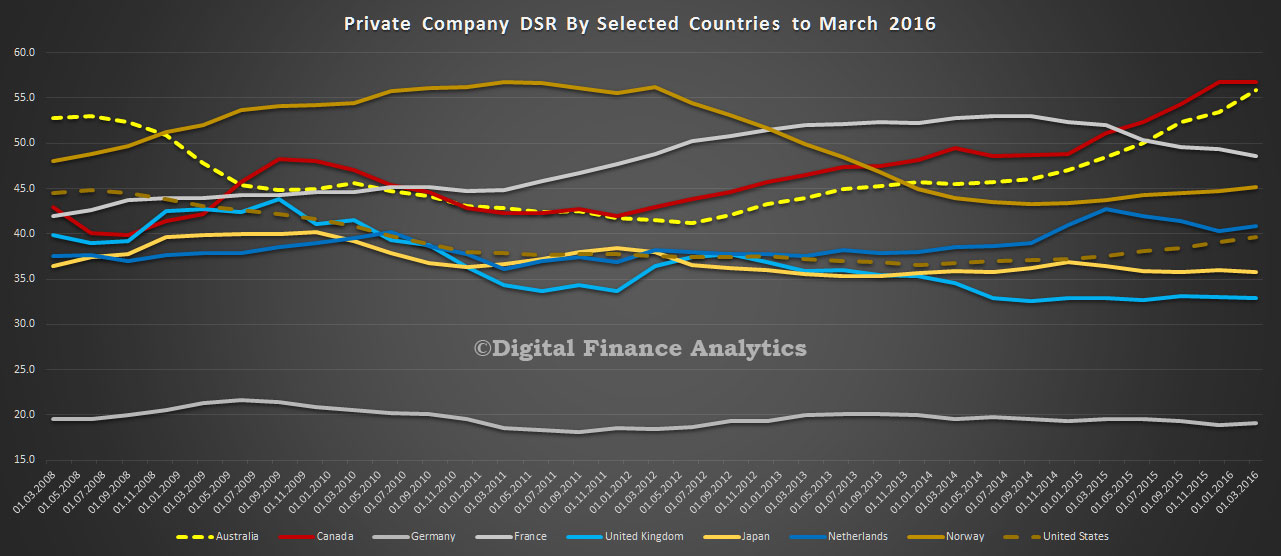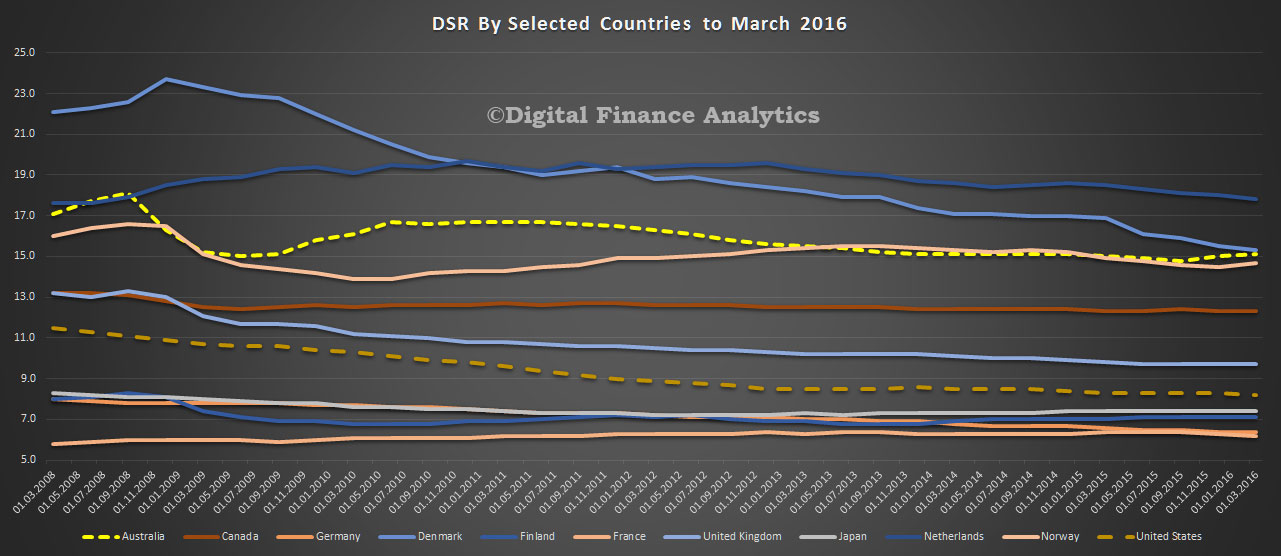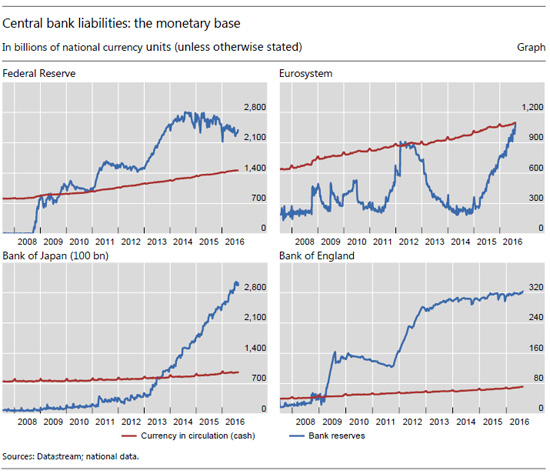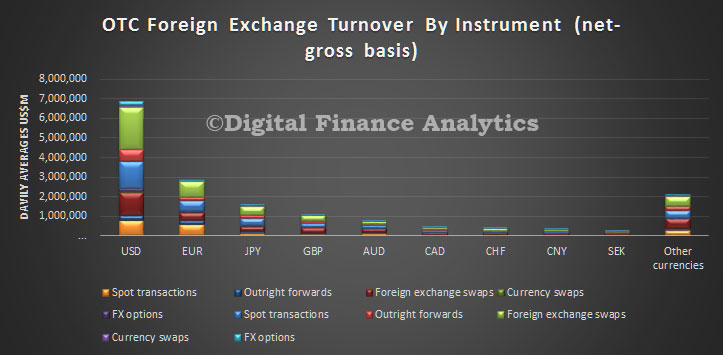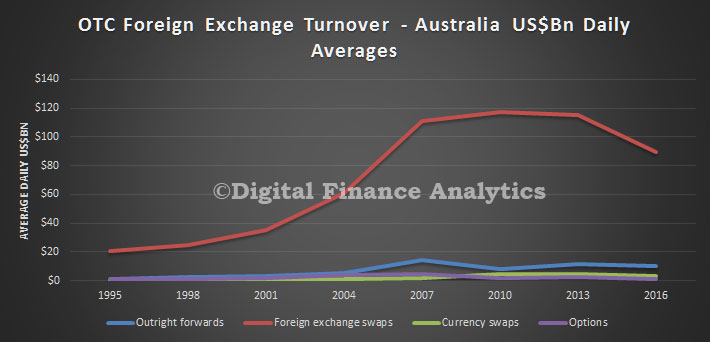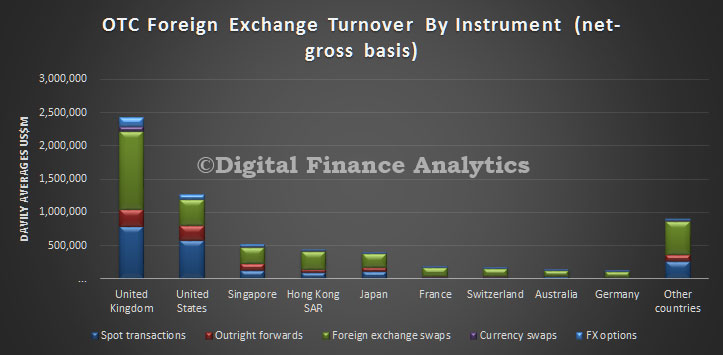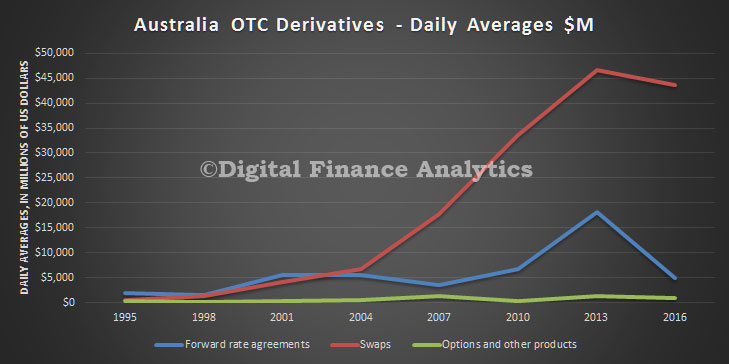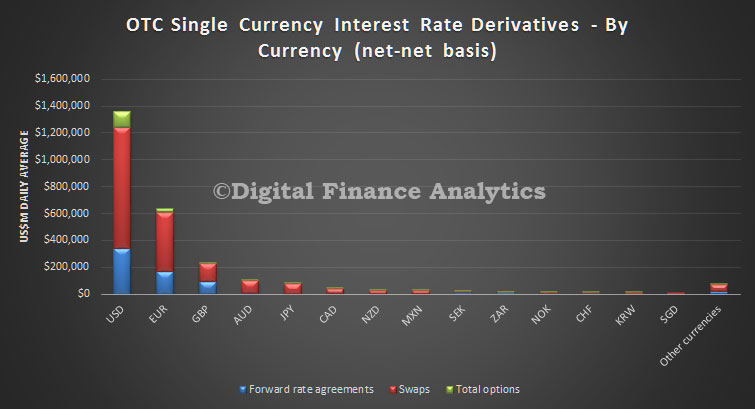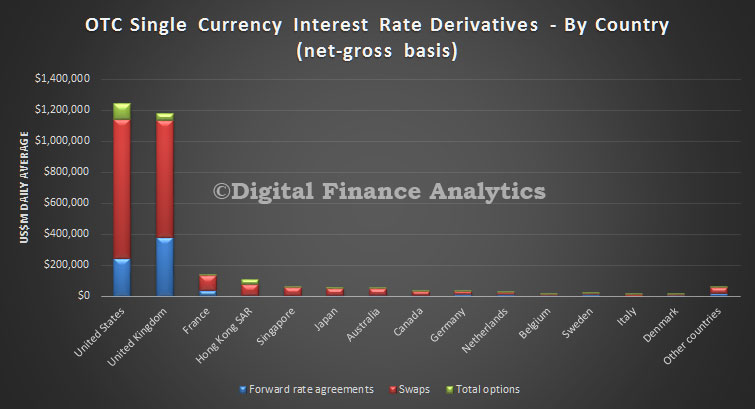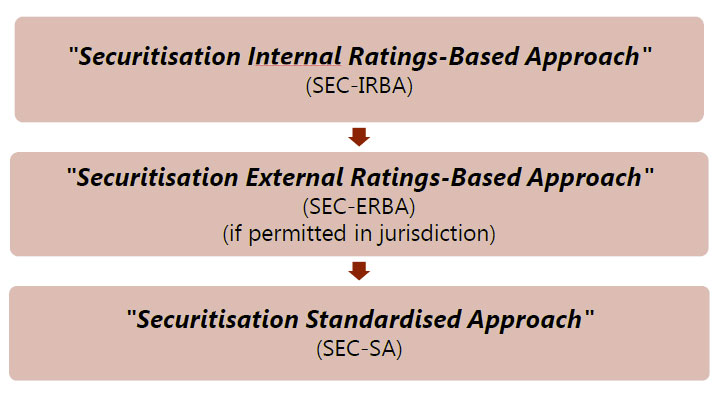We have an update on the Basel Committee’s work to finalise the global regulatory framework from William Coen, Secretary General. He spoke on “Bank capital: a revised Basel framework” at a panel discussion at the 2016 Annual Membership Meeting of the Institute of International Finance, Washington DC, 7 October. The objective is to reduce risk-weighted asset variability with a focus on outliers, while not significantly increasing overall capital requirements. However, this does not mean that the minimum capital requirement for all banks will remain the same – variability in risk-weighted assets can only be reduced if there is some impact on the outlier banks.
Our goal is to finish by the end of the year. The Committee’s post-crisis reforms have been comprehensive and wide-ranging. I am pleased to say that we are close to finalising these reforms, which will provide clarity and certainty to supervisors and market participants.
Second, the bulk of the outstanding reforms relate to reducing excessive variability in risk-weighted assets. A high degree of variability in capital ratios has been demonstrated across a number of empirical studies by the Committee, academics and analysts. The Committee’s objective is to restore the credibility of the risk-based capital framework, which is an integral element of the Committee’s post-crisis reforms.
This is not an exercise in increasing regulatory capital requirements, although I do not rule this out as a possible outcome for outlier banks.
Finally, maintaining a risk-sensitive framework is an important objective, but this has to be carefully balanced with the need for simplicity and comparability.
Progress in finalising the Basel Committee’s reform agenda
The Basel Committee’s policy development process
So where do we stand and what remains to be done? Since late last year, we have published four consultative documents that would revise the current standards for: (i) the standardised approach for credit risk; (ii) operational risk; (iii) the internal ratings-based (IRB) approaches for credit risk, including a potential “output floor”; and (iv) the leverage ratio. The Committee received and analysed comments from a wide range of stakeholders. In parallel with the consultative process, we launched a comprehensive cumulative quantitative impact study (QIS). This allows us to test different scenarios and combinations of scenarios.
The comments we review and the results of our QIS are important inputs to this process – we spend a considerable amount of time assessing these inputs. But we are also aware of their limitations and bias. Data quality, in particular, is a challenge and, even under the best of circumstances, there will always be an element of bias in the data. This is understandable: our exercises often require data that are not readily accessible, and banks must therefore estimate certain outcomes based on the data that are available. In short, QIS exercises are a labour-intensive, painstaking process for banks and for bank supervisors but an essential part of our policy development process. The cumulative QIS exercise will allow the Committee to make a well informed judgment on the overall impact of its remaining reforms and on the component pieces of that package.
A package of proposals
Let me say a few words about each part of the package we will finalise by year-end. I stress the word “package” since there are clearly trade-offs associated with the various policy levers. For example, the more weight that is placed on using standardised approaches to calculating risk-weighted assets, the less weight that is needed on other policy levers, such as input and output floors.
- Standardised approach for credit risk1 – In the two consultations the Committee conducted on this topic, we explicitly noted that our intention was to improve the standard’s risk sensitivity. The intention was not to increase overall regulatory capital requirements. The Committee intends to adhere to this objective. This does not mean that there will be no changes in capital requirements. Indeed, if we achieve our objective, then capital requirements on riskier exposures should increase, while decreasing for lower risk exposures.
- Internal ratings-based approaches2 – Our March consultative paper expressed concern about banks’ modelling practices and the degrees of freedom in estimating risk components such as probably of default, loss-given-default and exposure at default. The Committee proposed to remove the option to use the IRB approaches for certain exposures, where it is judged that the model parameters cannot be estimated sufficiently reliably for regulatory capital purposes. This objective can be achieved through various combinations of approaches, which the Committee is still assessing.
- At the aggregate level, credit risk accounts for on average three quarters of a bank’s minimum capital requirements. Operational risk,3 on the other hand, accounts for an average of around 15% of minimum capital requirements. The Committee is considering adjustments to the March consultation paper on operational risk. I expect that the fundamental elements of the revised operational risk framework will be maintained (ie combining a simple accounting proxy of operational risk with a bank’s internal loss data). Nevertheless, the Committee is considering refinements to the methodology that go in the direction of simplifying the framework and enhancing its robustness.
- Output floor – Discussions are still under way to replace the existing transitional capital floor based on the Basel I framework that the Committee, in 2009, agreed to keep in place.4 The floor is meant to mitigate model risk and measurement error stemming from internally modelled approaches and would place a limit on the benefit a bank derives from using its internal models for estimating regulatory capital.
There are several other elements of the Basel III package that the Committee will finalise by year-end, including the leverage ratio exposure measure and a surcharge for global systemically important banks.5 The Committee is also finalising the treatment of credit valuation adjustment (CVA) risk. CVA risk is complex but on average accounts for only 2% of minimum capital requirements and is significant for a relatively small number of banks. We are carefully weighing the benefits of a risk sensitive treatment for this risk with the associated complexity and global applicability.
I would also like to say a few words about the Committee’s market risk rules as, similar to CVA, the contribution of market risk to minimum capital requirements is relatively low (ie on average less than 5%) and of particular relevance for a small number of large banks. The Committee has compiled frequently asked questions and is developing responses to these FAQs to provide greater clarity on how the standard is expected to work in practice. The Committee is considering the impact of the new market risk rules as part of its regular QIS monitoring exercises, and is continuing its work on the P&L attribution test, which is a key determinant of whether a bank can use internal models for market risk or is required to apply the standardised approach.
Impact of the final reforms
So what will be the cumulative impact of these reforms? The answer, of course, depends on the final package of proposals that the Committee agrees to, and which is ultimately endorsed by Governors and Heads of Supervision (GHOS). I can reiterate that the objective is to reduce risk-weighted asset variability with a focus on outliers, while not significantly increasing overall capital requirements. However, this does not mean that the minimum capital requirement for all banks will remain the same – variability in risk-weighted assets can only be reduced if there is some impact on the outlier banks. So some banks which are genuinely outliers may face a significant increase in requirements as a result. We are studying the impact taking account of all the moving parts and (i) a variety of policy scenarios, (ii) different bank sizes and (iii) various business models.


